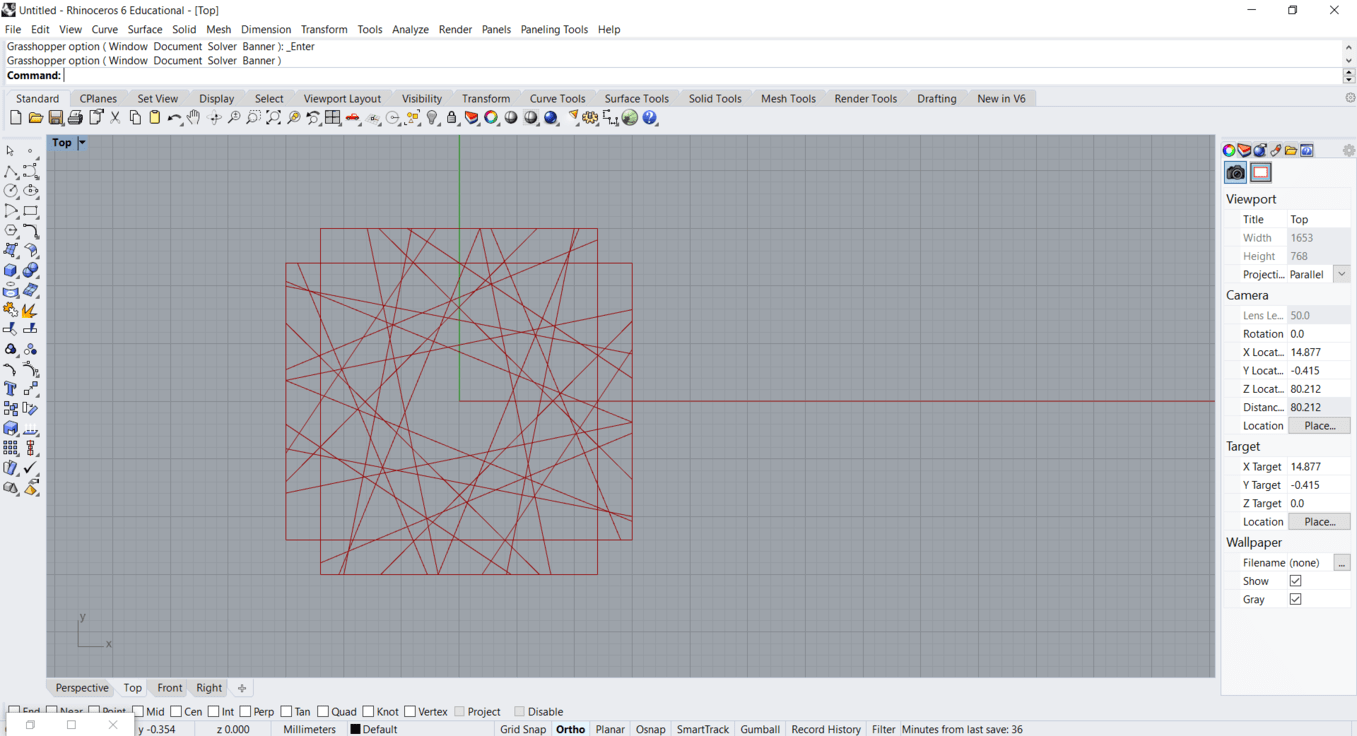I am looking for an example of a c# code for how wind load calculation on buildings or any objects can be written using c# language. Can anyone share anything?
Hello, you are asking a very simple or very hard question. I am a bit involved in flying object aerodynamics and I can say that
Vector3d F;//F in Newton;
Vector3d velocity=new vector3d(1.0,0,0); //velocity in m/s
double airDensity=1.225 ;//kg/m^3
double surface =1;//m²
double drag = 1;
F = 1/2 * airDensity * surface * drag* velocity.Length * velocity
Does it answers your question ?
Or search for some CFD (computational Fluid Dynamics) software. Some are Open, like OpenFoam
Hello,
Yes this is potentially a very hard problem and depends very much on your project.
You may find something by searching for structural engineering on GitHub.
Some more considerations alongside what @laurent_delrieu has given you:
- which wind climate(s) are you designing for?
- do you need or desire compliance with a particular structural design code of practice ?
- what information do you have about the surrounding terrain and topography, and over what distance ?
- what does your geometry look like? How is the data structured?
- how much conservatism (overestimation) can you tolerate ?
- what information do you have about the structural load paths and dynamic properties (natural frequency, mass, mode shapes)
Any potential answer will depend on these aspects.
Graham
Laurent, Graham,
Many thanks for your responses. it helped a lot. Basically I recreated the Serpentine Gallery Pavillion by Toyo Ito 2002, in c#. The design have been done in 2d only as i am still trying to figure out how to rotate the outside rectangles which are the 4 side walls.
I am new to coding and would like eventually to add wind load to this piece just to add a bit of deflection to the structure. Nothing special.
I am a civil engineer and i am trying to learn c# in grasshopper so i can use it in my work.
See 2d image below.
Nice project!
So I guess you would be comfortable calculating the (approximate) wind load by hand using the code but then you would like to apply it as an area (pressure) load perpendicular to selected surfaces using C# ?
Have you considered Python instead as it has a gentler learning curve, is more suited to rapid exploratory development and can give you the same functionality in Rhino and GrassHopper ?
I can calculate the wind load(an example) by hand. no problem. You are correct. I want to translate into computer language and apply to this design.
I will have a look at Python. My problem is that I am still learning to code using c#. Changing to another software makes me a bit anxious and I dont know if i will get more lost or actually learn faster. Anyhow, i will definitely have a look at Python.
Many thanks for your help.
See if anyone else replies to fill out the response - if not you may wish to repost a question about calculating the projected area or area + normal vector for your surfaces or meshes, using C#. That should get more replies.
Python has the added advantage of fitting well with your serpentine theme. 
